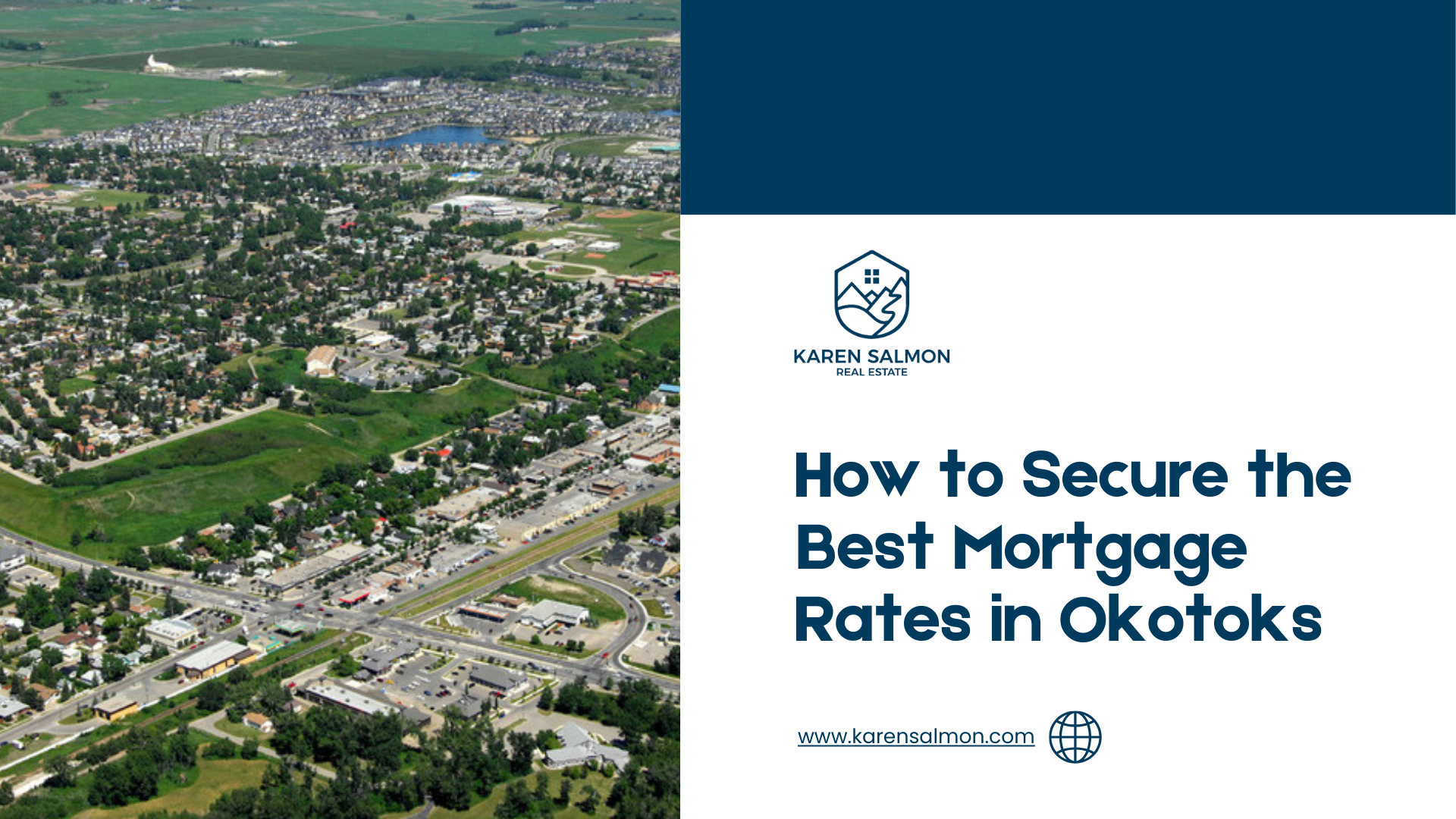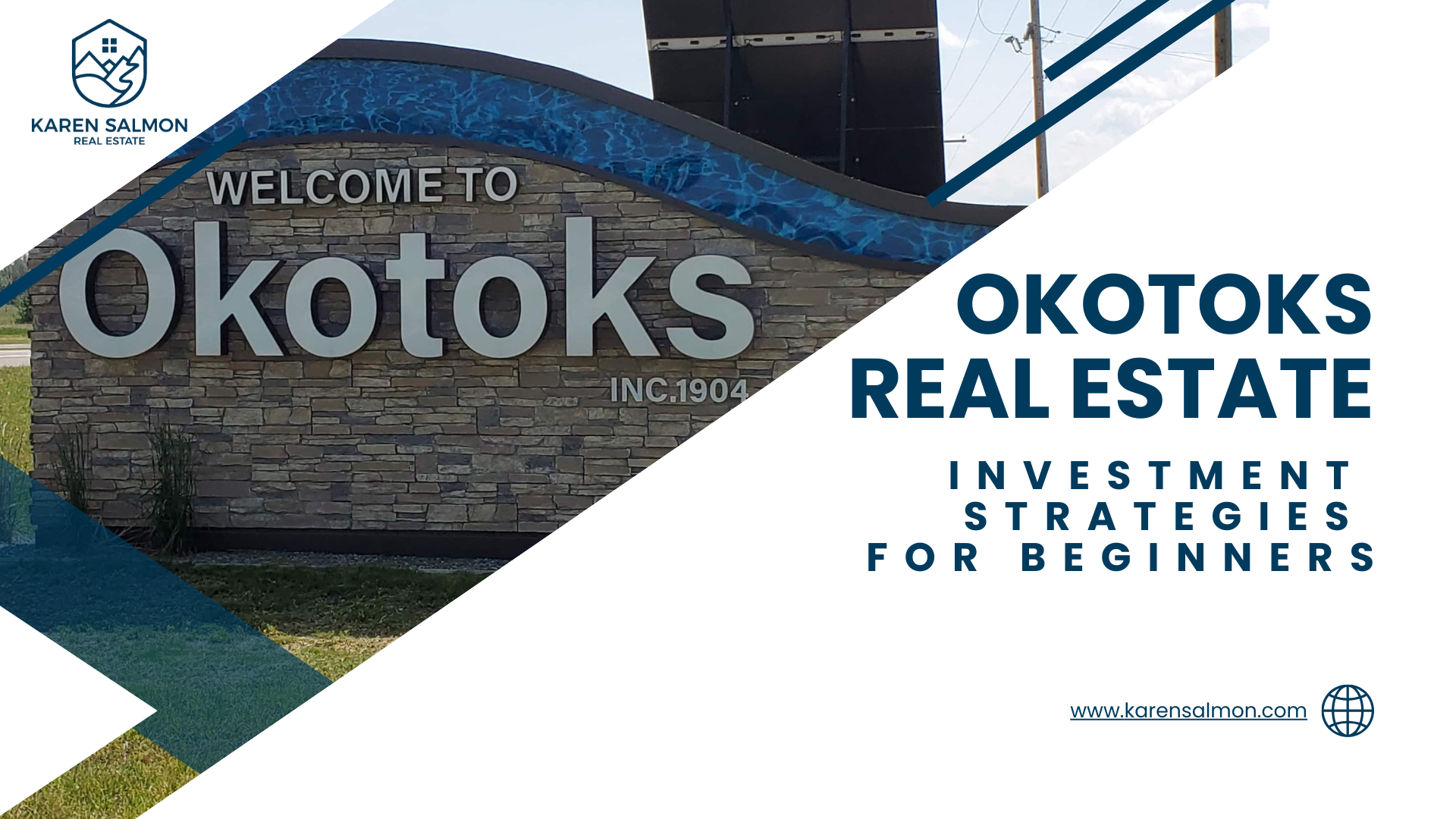For many homeowners in their 40s and 50s, the home that once fit perfectly starts to feel… a little off.
Maybe the kids are starting to move out or are going to college or university. Maybe you’re working remotely now and barely use that formal dining room. Or maybe you’ve built up solid equity and are wondering if your money could be working harder elsewhere such as funding travel, tuition, or investment opportunities.
If this sounds familiar, you might be at that in-between stage, not quite ready to “downsize,” but curious whether it’s time to rightsize.
Let’s talk about what that really means, what to consider before making a move, and how a simple two-list exercise can bring you the clarity you’ve been looking for.
What Does “Rightsizing” Actually Mean?
People often think rightsizing means moving into a smaller home but that’s not always true.
Rightsizing is about aligning your home with your life as it is today (and where you’re headed next).
That could mean:
Selling your current home to free up equity for travel, education, or investing.
Moving closer to work, family, or the mountains you love to explore.
Choosing a newer, lower-maintenance home so you can spend weekends doing things you enjoy not yardwork.
Or yes, sometimes it means moving to something smaller and simpler.
The goal isn’t less space, it’s the right space.
Why Homeowners in Their 40s Are Thinking About It
Many of my Okotoks and Foothills clients in their 40s are in a unique position:
They’ve likely owned your home for a while, built up strong equity (especially since 2021), and have options.
Maybe your mortgage is close to paid off, or maybe you’re sitting on a home that’s doubled in value since you bought it. Either way, that equity can become a springboard for other goals:
Funding children’s education without taking on new loans.
Traveling while working remotely or semi-retired.
Investing in income properties or market opportunities.
Reducing stress by trimming monthly costs and maintenance.
Your home is one of your biggest assets and it should support your next chapter, not hold you back from it.
The Emotional Side of the Decision
Money is only part of the picture.
For many people, the idea of selling a long-time home can stir up mixed emotions: pride, nostalgia, even guilt. It’s not just a financial decision; it’s a personal one.
That’s why I never start these conversations with a CMA or a mortgage calculator. I start with a notebook and a pen.
The 2-List “Rightsize Exercise”
This is the same exercise I use with my clients who are unsure whether to move or stay. It’s simple — but powerful.
Step 1: Make Two Lists
Grab a sheet of paper (or my downloadable Rightsize Worksheet) and write down:
List A What I’ll Gain by Moving
Think about what you’d gain financially, practically, and emotionally.
Freeing up equity for travel, investments, or education.
Less maintenance and lower monthly costs.
More time for family, hobbies, and health.
A fresh start in a space that fits the way you actually live now.
List B What I’ll Gain by Staying
This isn’t about loss, it’s about the benefits of stability.
Comfort and familiarity.
Great neighborhood or school district.
Space for visiting kids, friends, or extended family.
Pride of ownership in a home you’ve improved and loved.
Step 2: Compare the Two
Circle your top three from each list.
Then ask yourself:
Which gains align with where I want to be in 3–5 years?
What would I actually do with the freed-up equity?
Am I staying because it’s truly right or because it’s comfortable?
Most of the time, clarity shows up right there on the page.
What to Consider Before Making a Move
Once you’ve done the reflection work, you can start looking at the practical side. Here are a few key areas to think about:
1. Your Financial Picture
Check in with your mortgage advisor or planner about how a move could impact your long-term goals.
What’s your home’s current market value?
How much equity could you realistically access after selling?
Would buying again, renting, or investing that equity serve you best?
Many of my clients in this stage choose to cash in equity while rates are still manageable, giving them more liquidity and flexibility.
2. Lifestyle and Priorities
Ask yourself what freedom means to you right now. Is it fewer bills? More travel? Less stuff? Or simply more peace of mind?
Your home should be a launchpad for your goals, not a weight that keeps you from living them.
3. The Market
The Okotoks market continues to show strength, particularly in certain property types like villas, and townhomes that appeal to buyers looking to simplify. If you’re selling a detached home in a desirable neighborhood, and you’re worried about not finding the perfect next home, there are options.
When Rightsizing Isn’t About Moving
Sometimes, the exercise reveals something different: You actually do love your home — but it needs a few tweaks to feel right again.
That might mean:
Converting unused rooms into a home office, gym, or guest suite.
Finishing the basement for income potential.
Simplifying furnishings to make the space feel fresh and manageable.
You don’t always have to move to rightsize your life. Sometimes, it’s about re-imagining the space you already have.
The Real Goal: Living Intentionally
At the heart of this process is one question:
Does your current home reflect who you are and who you’re becoming?
If your answer is “not really,” it might be time to explore your options.
And the good news? You don’t have to figure it out alone.
Ready to See What’s Possible?
If you’re starting to wonder whether selling could open new doors, financially or personally. Let's have a conversation.
No pressure, no commitment, just clarity.
I’ll help you explore:
What your home could sell for in today’s Okotoks/Foothills market.
How much equity you could free up.
What your next chapter could look like whether that’s a villa, an apartment, or a smaller home that funds your dreams.





